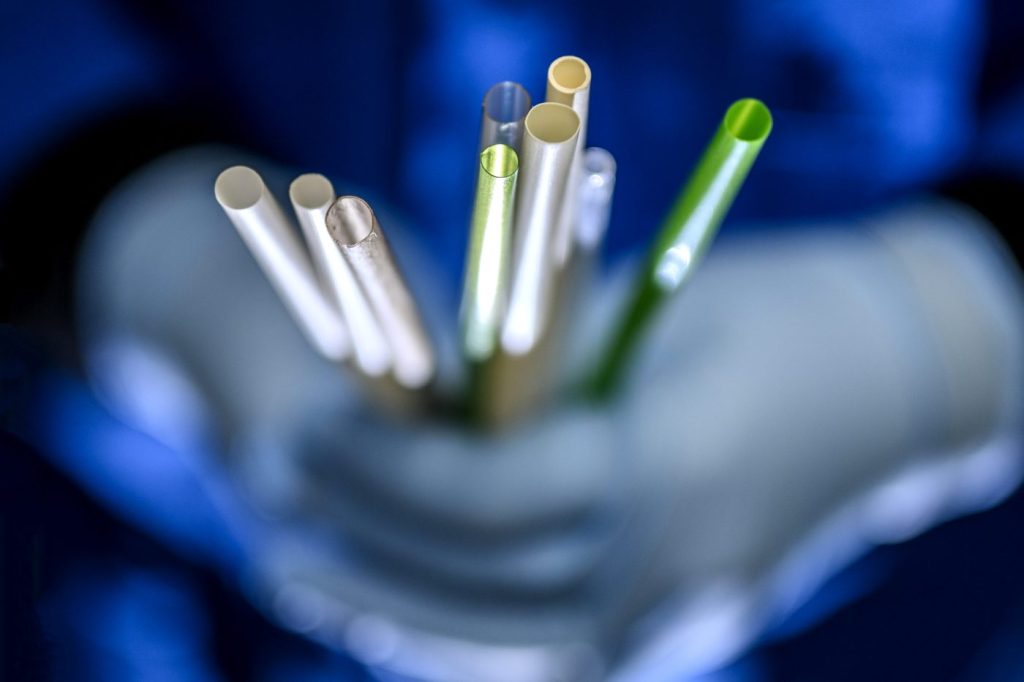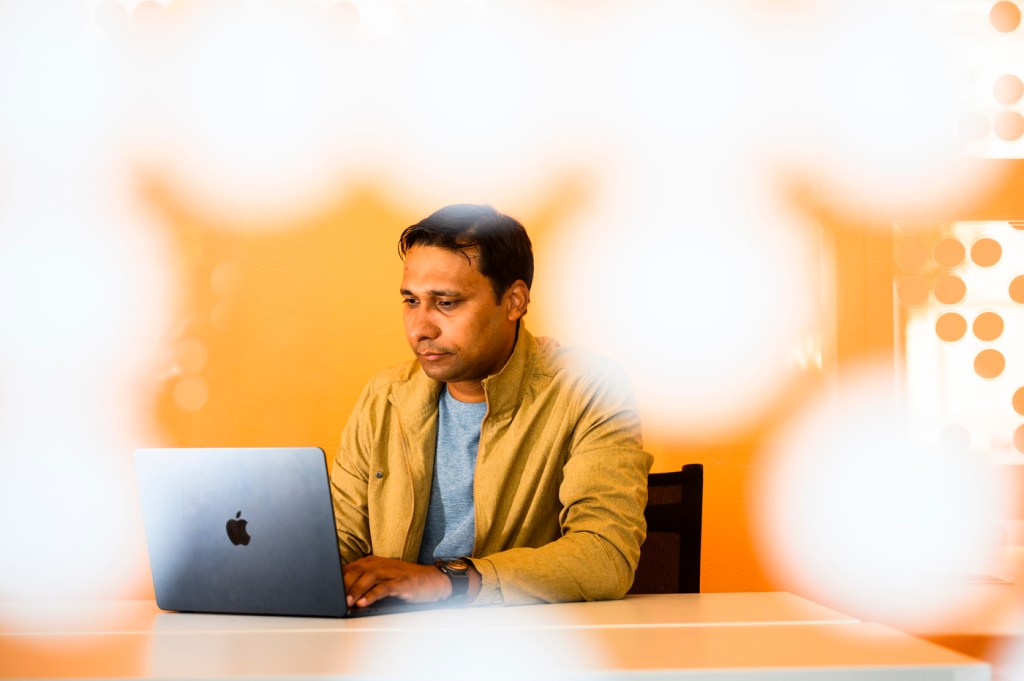In Italy, students get a history lesson in science

The history of science, to say the least, is a comprehensive subject. So one group of Northeastern students on a Dialogue of Civilizations program in Italy this summer focused on the two most significant revolutions of scientific thought: the Scientific Revolution and the Computational Revolution.
Waleed Meleis, a professor of electrical and computer engineering, launched the Italy and the Scientific Revolutions Dialogue this summer as an opportunity for students to trace the evolution of scientific thought over hundreds of years in fields such as chemistry, alchemy, astronomy, mathematics, and medicine.
“The program was about comparing two periods: the Scientific Revolution and Computational Revolution,” Meleis explained. “During the Scientific Revolution there was a big burst of innovation and new techniques and new ways of understanding the world, and then the complete opposite followed.”

Contributed photo
For Carissa Lellos, S’17, the Dialogue presented a fascinating look at the history of her major: psychology. “When I saw that some of the course subjects were on the roots of psychology, like anatomy and biology, I was really excited.”
In addition to learning more about her passion, Lellos said she returned home with more information about the Renaissance period and Scientific Revolution than she ever thought. She was particularly intrigued by the Medicis, the influential Italian family that swayed art, science, politics, and finance from the 14th to 18th centuries.
Ashley Frizzell, DMSB’16, said she was fascinated by the number of fields that are today considered exclusive—such as science and religion—but were so intertwined during the Scientific Revolution.
For her final project, Frizzell and her group researched the relationship between medicine and astronomy. “Those fields were really interconnected from the 13th century through the 16th century,” she explained. “Doctors would look at astrological signs or your birth date to determine treatment. So patients would get different treatments for the same illness.”
Traveling to cities such as Florence, Rome, Vinci, and Bologna also afforded the students the chance to encounter firsthand the paintings, buildings, and locations they learned about in classes.
“One guest lecturer put forth an interesting perspective on how art and science were connected through perspective and light, and how art progressed because of science,” Lellos said. “Immediately after we had an outing to see the exact paintings she referenced.”





